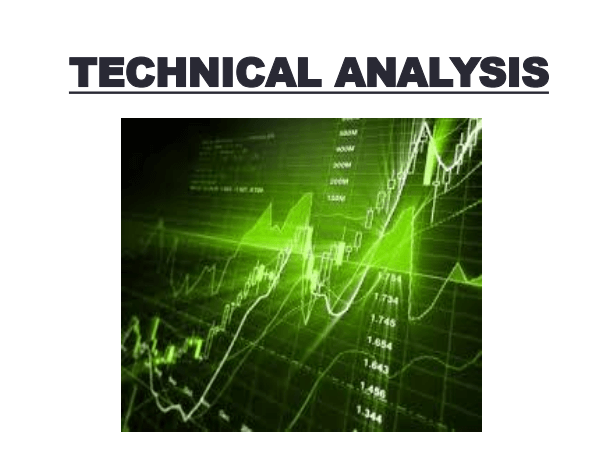Technical Analysis PDF provides a comprehensive guide to the principles, tools, and strategies used by traders worldwide to make informed decisions.
Introduction
Understanding market behavior is the cornerstone of successful trading, and technical analysis remains one of the most effective methods for predicting price movements. The Technical Analysis PDF provides a comprehensive guide to the principles, tools, and strategies used by traders worldwide to make informed decisions.
This ebook explains the core assumptions of technical analysis, including how markets discount everything, the tendency of prices to move in trends, and the repetitive nature of chart patterns. It introduces readers to essential charting techniques such as line charts, bar charts, candlestick charts, and point-and-figure charts, showing how each can be applied to track price action and forecast potential reversals or continuations.
The Technical Analysis PDF also explores foundational theories like Dow Theory and Elliott Wave Theory, alongside practical applications such as identifying support and resistance, gaps, and reversal patterns. Popular indicators, including moving averages, RSI, and MACD, are clearly explained with examples to help traders incorporate them into their strategies.
Designed for both beginners and experienced market participants, this guide offers step-by-step insights to enhance decision-making, improve timing, and build trading discipline. With its clear explanations and practical examples, the ebook is a valuable resource for anyone aiming to master technical analysis in forex, stocks, or other financial markets.
Excerpts
WHAT IS TECHNICAL ANALYSIS?
• Studying stock price graphs and a few momentum
oscillators.
• Based entirely on prices
• Do not include Balance Sheets, P&L Accounts
(fundamental analysis)
• The assumption being that the markets are efficient and
all possible price sensitive information is built into the
price graph of a security / index.
• Exclusive use of historical data.
ASSUMPTIONS OF TECHNICAL ANALYSIS
1. Market discounts everything
• Only considers price movements, ignores fundamental factors.
• Assumes stock price reflects everything.
• All fundamentals are priced into the stock.
2. Prices moves in trends
• Price movements are assumed to follow particular trend.
• Most technical strategies are based on this assumption.
3. History trends to repeat itself
• Market participants provide consistent reaction to similar
market stimuli over time.
DOW THEORY
The Dow theory on stock price movement is a form of technical analysis.
The theory was derived from 255 wall street journal editorials written
by Charles h. Dow , journalist, founder and first editor of the Wall Street journal
and co-founder of Dow jones and company.
Hypothesis:- Dow Theory is based on the hypothesis that the stock market does
not perform on a random basis. Rather, it is guided by some specific trends.
Three types of specific trends have been named in Dow Theory
• PRIMARY TREND:- primary movement or major trend may last from less than
a year to several years. It can be bullish or bearish.
• SECONDARY TREND:- primary movement or major trend may last from less
than a year to several years. It can be bullish or bearish.
• MINOR TREND:- day to day trend or movements in prices over few days. It is
of very short duration.
